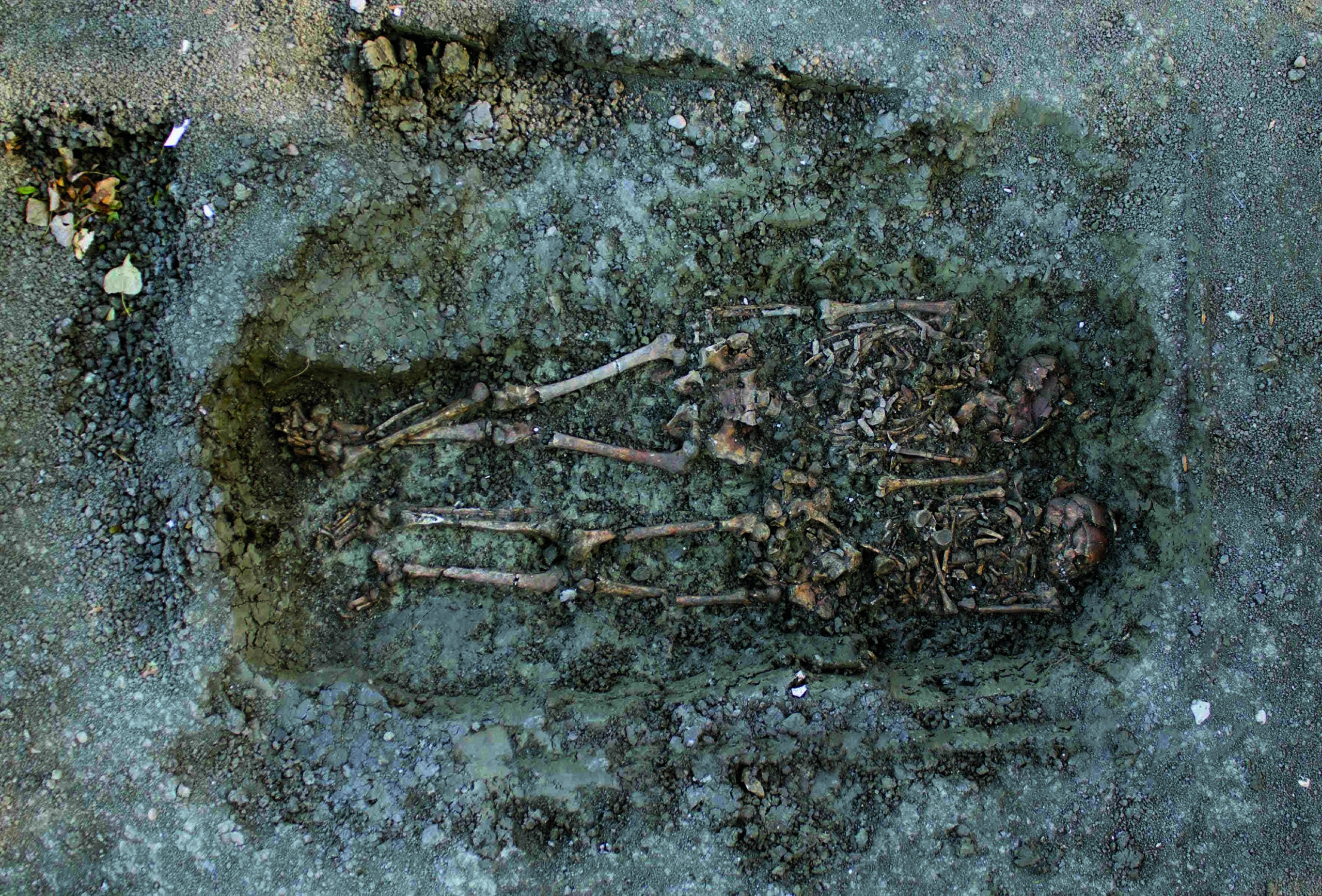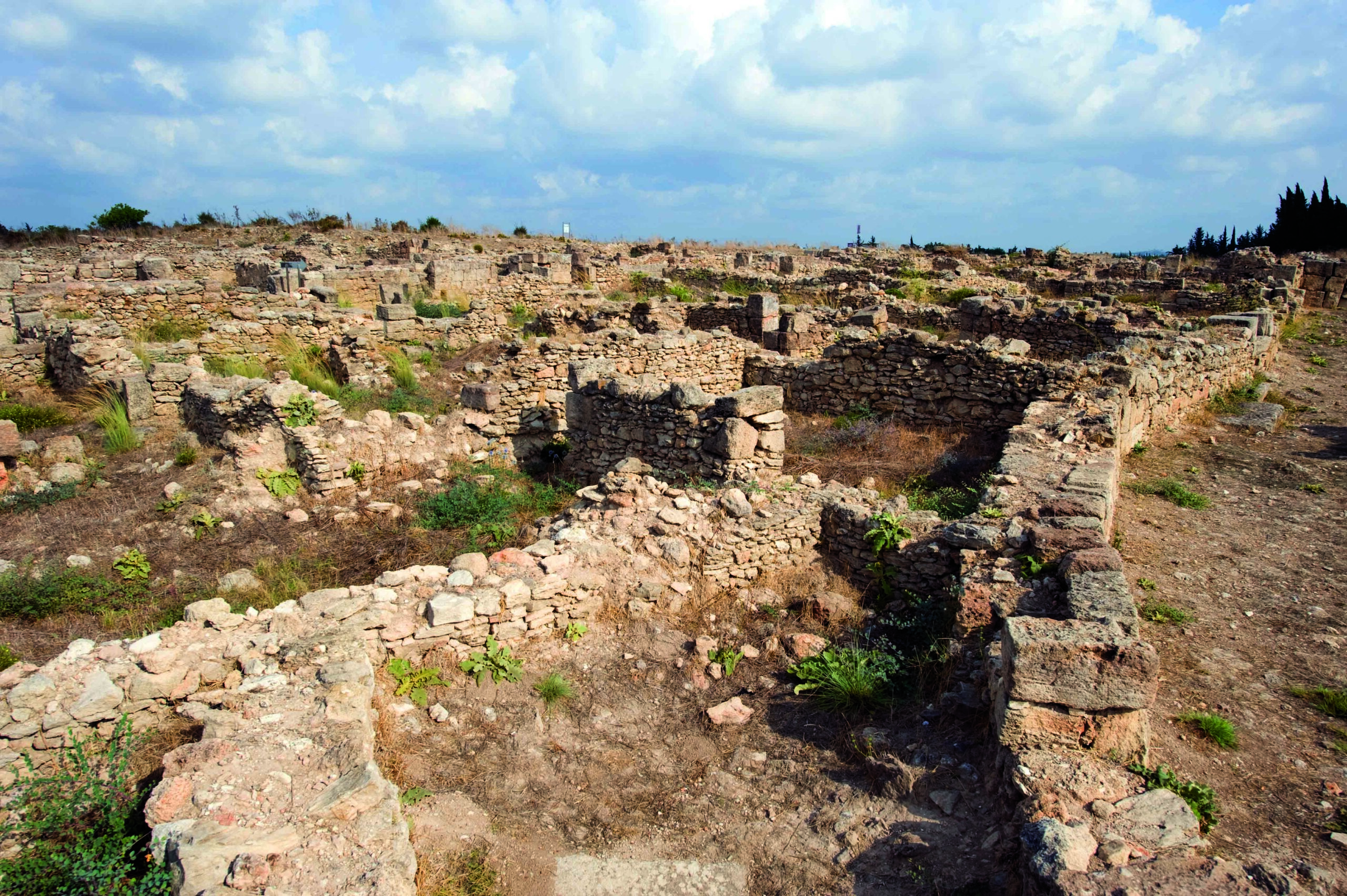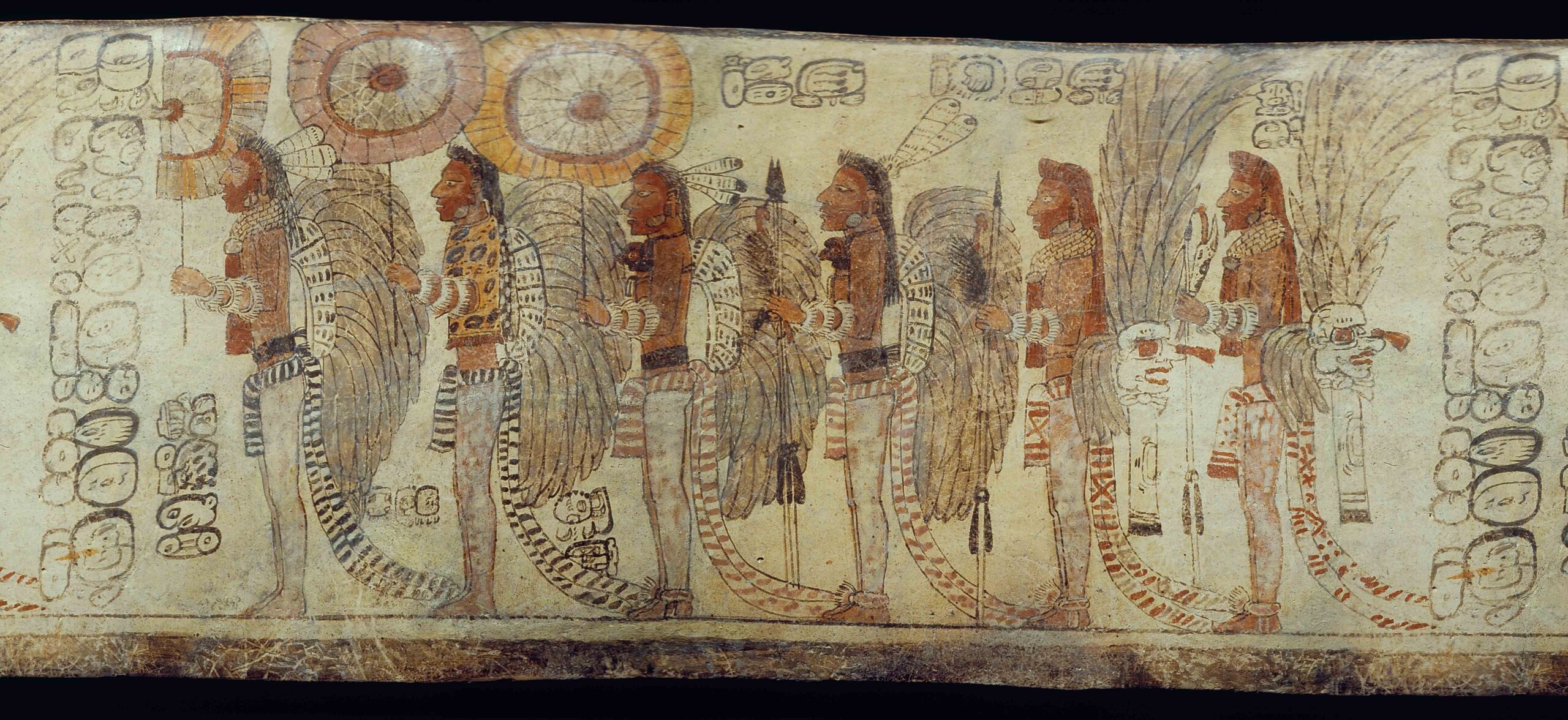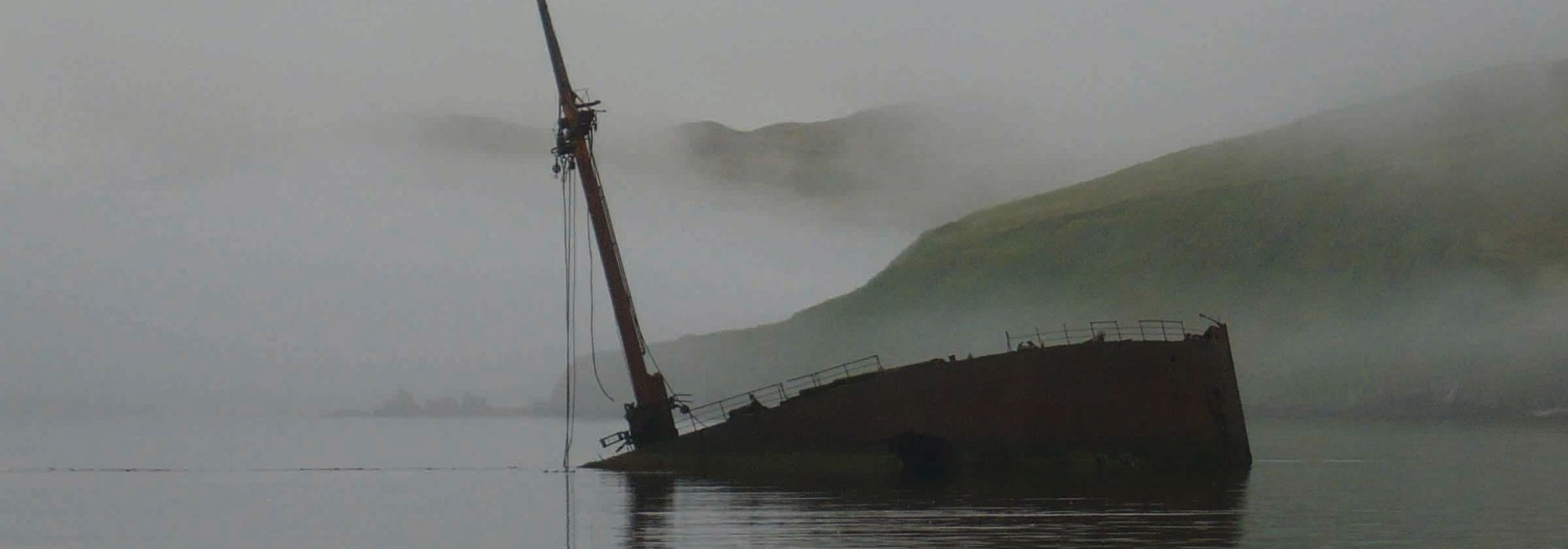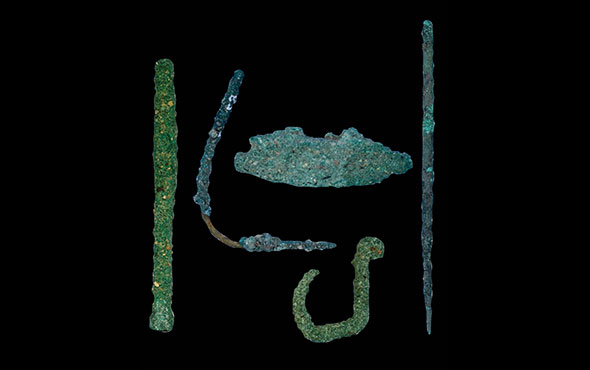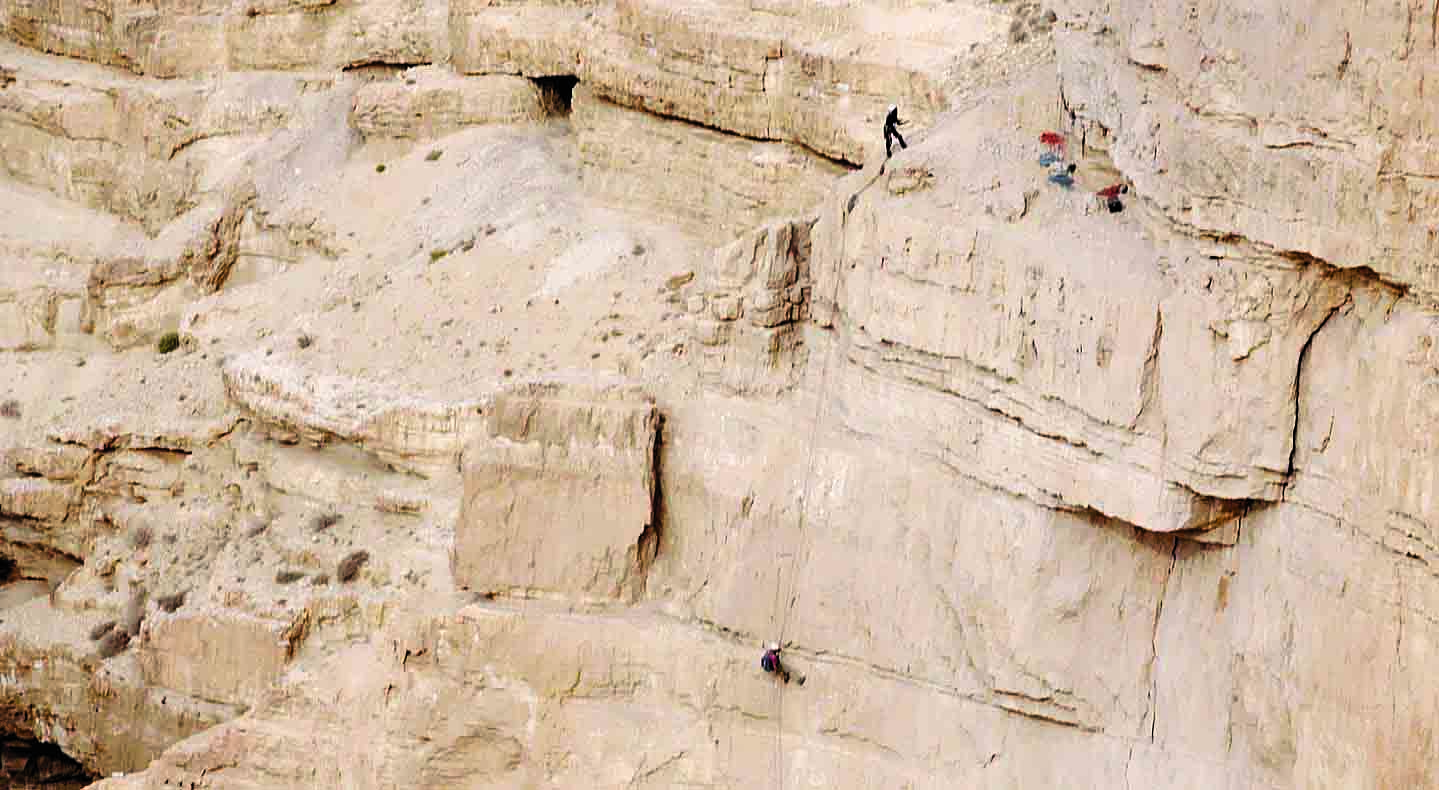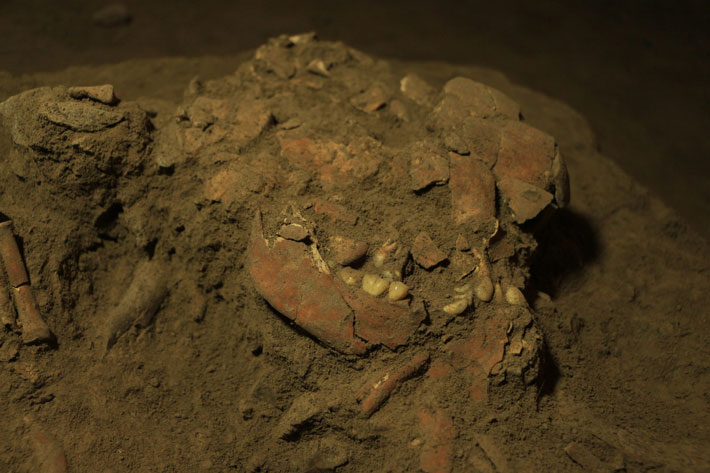
SOUTH EAST QUEENSLAND, AUSTRALIA—According to a Cosmos Magazine report, the partial skeleton of a young woman who lived about 7,200 years ago has been found in Leang Panninge Cave on the Indonesian island of Sulawesi by an international team of researchers led by Adhi Agus Oktaviana of Indonesia’s National Research Centre for Archaeology and Adam Brumm of Griffith University. Dubbed “Bessé” after the local Bugis language nickname for a newborn princess, the young woman belonged to the Toalean culture, which hunted wild pigs and collected shellfish from rivers in Sulawesi’s forests between about 8,000 and 1,500 years ago. Scientists from Germany’s Max Planck Institute were able to recover DNA from Bessé’s inner ear bone. “It’s the first time we’ve really had the story told to us by the ancient DNA in this part of the world,” Brumm explained, since DNA is rarely preserved in the tropical climate of Wallacea, the islands between mainland Asia and Australia. The analysis indicates that the young woman is related to present-day Aboriginal Australians and Papuans, but she belonged to a previously unknown ancient population thought to have arrived in the region some 65,000 years ago. About two percent of her DNA is Denisovan, which suggests that the two groups may have encountered each other in Sulawesi or another island in Wallacea, added Cosimo Posth of the University of Tübingen. Read the original scholarly article about this research in Nature. To read about the world's oldest known cave art, which was found on Sulawesi, go to "Shock of the Old."




